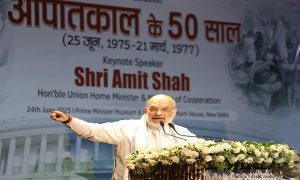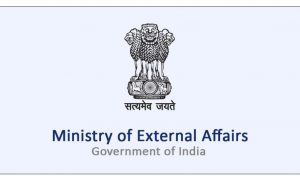Bringing relief to the city, which has been reeling under a water crisis, the past few days of heavy rain increased the water level in the seven lakes to 85.68% of their total storage capacity, on Wednesday. The Vihar lake also overflowed at 9.15pm, becoming the sixth lake to do so.
Last year, the lake levels were at 83.30% on July 31, and in 2017, it was at 86.44% on the same day. As of Wednesday, useful water content in these lakes stands at 12.40 lakh million litres, while the total storage capacity of these lakes is 14.47 lakh million litres. Between July 21 and July 31, the rainfall received by the catchment area has given the lakes 32.8% of its total water content.
In November 2018, the Brihanmumbai Municipal Corporation (BMC) had imposed a 10% water cut across Mumbai. The seven lakes – Upper Vaitarna, Middle Vaitarna, Modak Sagar, Tansa, Bhatsa, Vihar, and Tulsi – are divided into two systems. The Vaitarna system supplies water to the western suburbs and the island city, and Bhatsa system to the eastern suburbs.
With Vihar on Wednesday, six lakes have overflowed so far. Tulsi overflowed on July 12, Tansa on July 25, and Modak Sagar on July 26. The BMC’s hydraulics department opened the spillway gates of Middle Vaitarna on July 27, and Bhatsa on July 29.
A senior civic official from the hydraulics department, on condition of anonymity said, “We open the gates as a safety measure, which means the lake has overflowed. As of Wednesday, five lakes are full.” While Bhatsa makes up for 50% of the water supply to the city, the Middle Vaitarna, Upper Vaitarna, and Modak Sagar together make up for 37% of the water supply; Tansa makes up for 10%, Vihar makes up 2% and Tulsi makes up 1% of the total water supply.




























 WhatsApp us
WhatsApp us